Awesome!!!!
Now is a great time to get off of Automatic and start to get the pictures you want, not the pictures your camera takes for you! Your creativity will be endless once you grasp a few concepts.
Look through your viewfinder. See that ruler looking thing? That’s your exposure meter. You want the exposure meter (at least while you are learning) to always be in the centre at zero. If the line moves to the left, your image will be underexposed and be dark. Alternatively, if the line is to the right, of the zero, your image will be overexposed or too bright.
You may love a light and bright image, but, while you are learning how to get what you want, properly exposing is the best idea…but don’t let me rain on your creative parade.
Some things are going to affect how your camera processes the light it sees as you point your camera to an object. If you are shooting towards the mid day sun or a really bright background, you camera might freak out while it processes all the light and make a suggestion for you. Same goes for shooting onto a dark background You can override this anytime by making adjustments. More on that next.
Three things affect how you MANUALLY make adjustments to make sure the exposure meter reads 0. (Again, once you find your style, you may prefer a slightly over or underexposed look). Learn the “rules” first and then break them all to see what you come up with and the look you love. Creating a style or look unique to you means you need to play around a LOT!
1. Aperture: the size of the opening on your lens. I am going to try and stay away from anything too technical. But picture this: only slightly opening your bedroom curtains on a sunny day. Very little light will come through, right? Alternatively, if you very dramatically slide the curtains open full, your room will be filled with light and sunshine. Aperture does the same thing. The smaller the lens opening your camera will see through, the less light it will allow in to expose the image. The larger the opening of the lens (aperture), the more light will come pouring in. You need to balance the light, so the meter stays on zero…so here’s how.
Funny thing about aperture: the smaller the hole, the larger the f/stop number. Example f/22 is a very small opening for your lens, letting in very little light. The larger the hole opening of your lens, the smaller the aperture number. Ex f1/4 or f/2.8 are very wide open lens openings, and let in more light. Your actual lens (around the edge) will say what the largest aperture will be. Another ex. The lens that comes with most base dSLR is f/4, maybe f/3.5. More expensive lenses start anywhere from f/1.2 to f/2.8. (This number will come into play soon)
2. Shutter Speed is the next contributing factor to the exposure meter. This one may make more sense, as we as humans can process how slow and fast work relative to our everyday. If you have a wide open aperture or a low number f-stop like 1.4 or 2.8 a lot of light is being allowed in to take the image. You still want to control the light to get to zero on the exposure meter, so your next item to control, is how fast you open and close your curtains. If you open and close your curtains wide open super slowly, you are letting a LOT of light in and your room will be super bright. If you open and close your curtains wide open but super quickly, you will let less in.
This is how the shutter speed works. Each time you take an image the shutter opens and closes for your image to be captured.
If you want a shallow depth of field (what????…I’ll get to that, but basically it means your subject in focus and the background/foreground blurry or to have a nice bokeh effect), you need to keep your aperture wide open (f/1/4, f2.8, the smaller the number the better)
So…look through your viewfinder again, and manually adjust your aperture (pull out your camera manual to figure out which dial does that) and set your aperture or f/stop to say f/4.0. I think all lenses at least start there for f/stop. Now, still looking though your viewfinder, adjust the next dial for your shutter speed and move it both directions and watch what happens to your exposure meter. It will go side to side (or up and down depending on your camera). Get it to land on the zero of the exposure meter and take a picture. What was the shutter speed number?
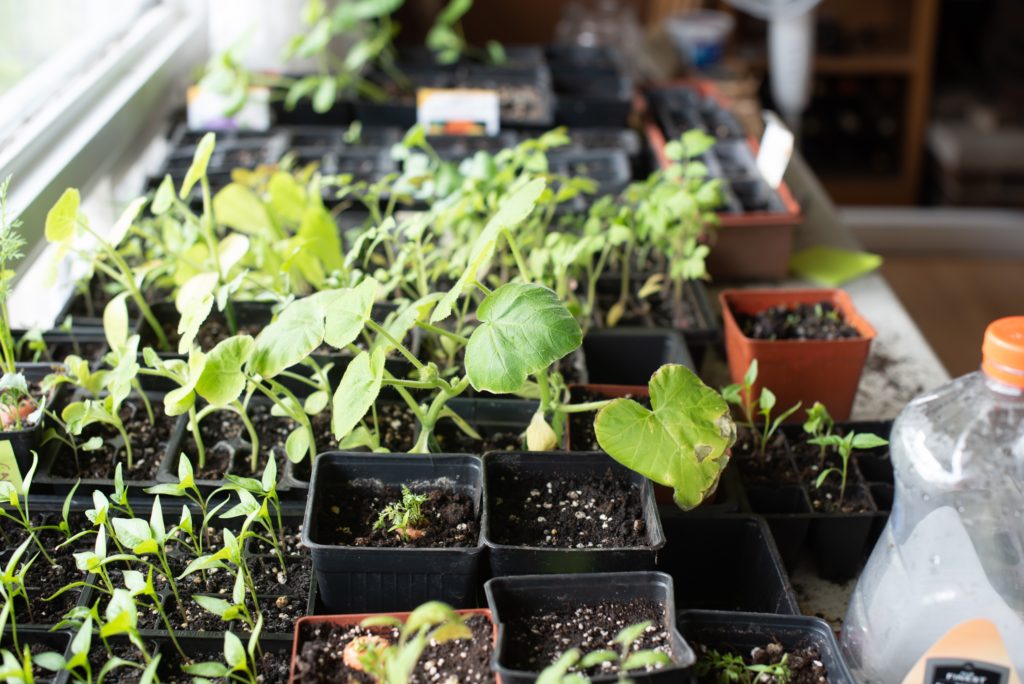
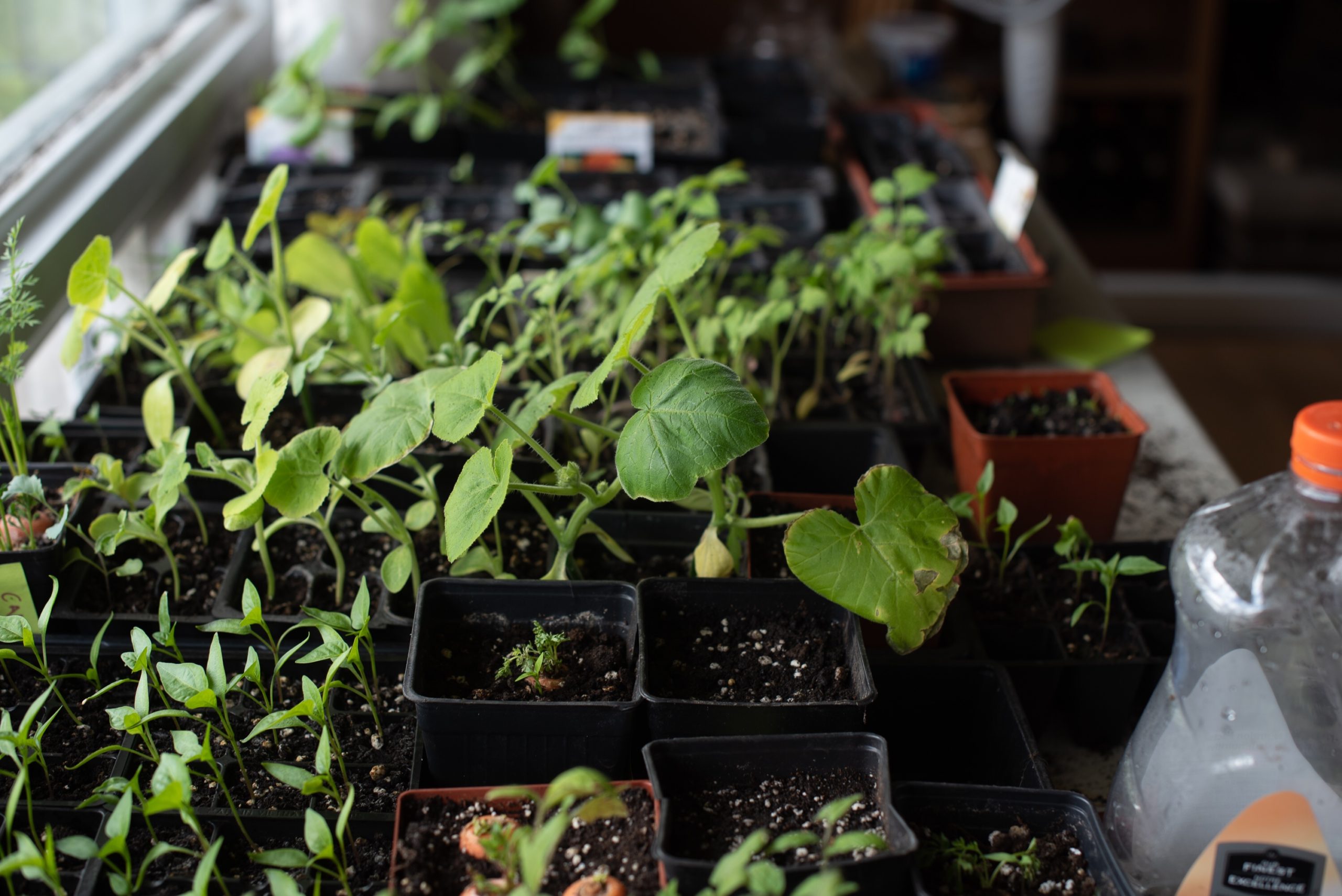
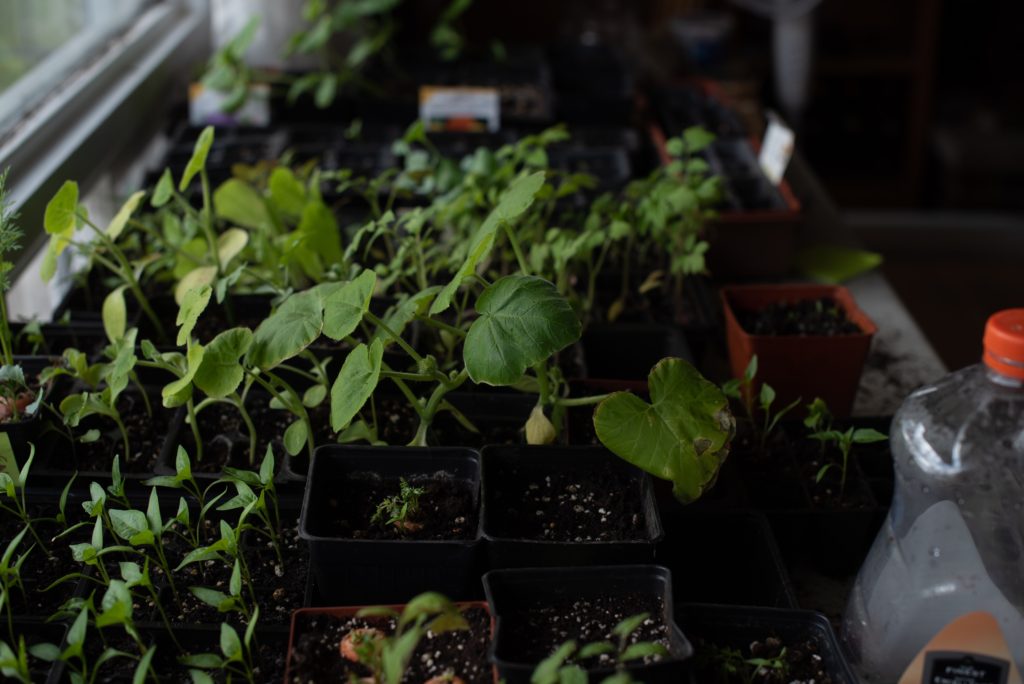
Shutter speed is measured in fractions of a second. So 1/250 is 250th of a second. 1/2 is half a second and is much slower. Remember, the slower the curtain opens and closes, the more light is allowed in.
So, there are a lot of resources on the internet to illustrate what speed your shutter needs to be to capture a sharp image, so I’ll give just a few key things to remember. If you are taking a picture of still object, handheld shutter speed recommended is roughly 1/60th of a second or faster. You can slow that down by steadying your camera on a tripod or table, but handheld with your elbows in for support and one hand under your lens for best control, 1/60th is the Golden Rule. If you aren’t a rule follower, ignore me and see what happens!
If your subject is moving and you have a chance to move slightly with unsteady hands or a windy day, you will want to speed up your shutter to give yourself a fighting chance of a sharp image. You can fix exposure and colour in post-processing, but you can’t fix a blurry image so you want to get that right in-camera. Here’s an acronym you will see as you poke around more photography sites. SOOC. Straight out of Camera with NO retouching. You want to get as much right SOOC.
ok…this is a lot, I know. But there is a bit more you need to know to get started playing. Go back to looking through your viewfinder and pick an aperture setting (again f/4 for fun). As you adjust your shutter speed, the exposure meter is going to tell you if the image is underexposed, properly exposed or overexposed. If you are set on the aperture of F/4 because that is the bokeh effect or gives you the depth of field you are looking for, but a perfectly exposed image requires a 1/30th of a second shutter speed, you will be euchred to shoot a sharp image handheld. You could grab a tripod, and probably a wireless trigger but who has the time or patience to do that everytime???
3. Enter ISO (the third and least easy to explain components of the exposure triangle). ISO is your camera’s sensitivity to light. WHAT??? I can hear you now…I don’t get. Say that again a different way. I give up!
Don’t give up! We are almost there for creating the image you want on MANUAL mode!
Remember back to the old 35mm film camera days, where you had to buy a roll of film and you had a choice of 100 ISO, 200 ISO, 400 ISO, etc? Please tell me you remember or I am officially old (-er than you).
Well, ISO is your camera’s sensitivity to read the available light but it also makes compromises for that. On a perfectly bright day, your ISO is likely going to stay around 100 ISO. As it gets darker, or there is less available light, in order for you to be specific about your shutter speed and what shutter is required for what look, and you have a specific dreamy, creamy blurry background in mind, the only option you may have to achieve the look, is to start changing your ISO. Here’s where the compromise comes in. As you increase your ISO to adjust how sensitive your camera is to the available light, the more noise or grain it may pick up also. Most cameras are good to go as high as 400 ISO or 640 ISO without too much grain, but the higher you go the image will start to pick up noise/grain.
Easiest way to play with ISO is wait until dusk and start taking photos.
Again, the exposure triangle is made up of Aperture, Shutter Speed and ISO and they ALL work together every single time. When you adjust one of the settings you will need to make an adjustment on another one to keep the exposure meter in the middle at 0.
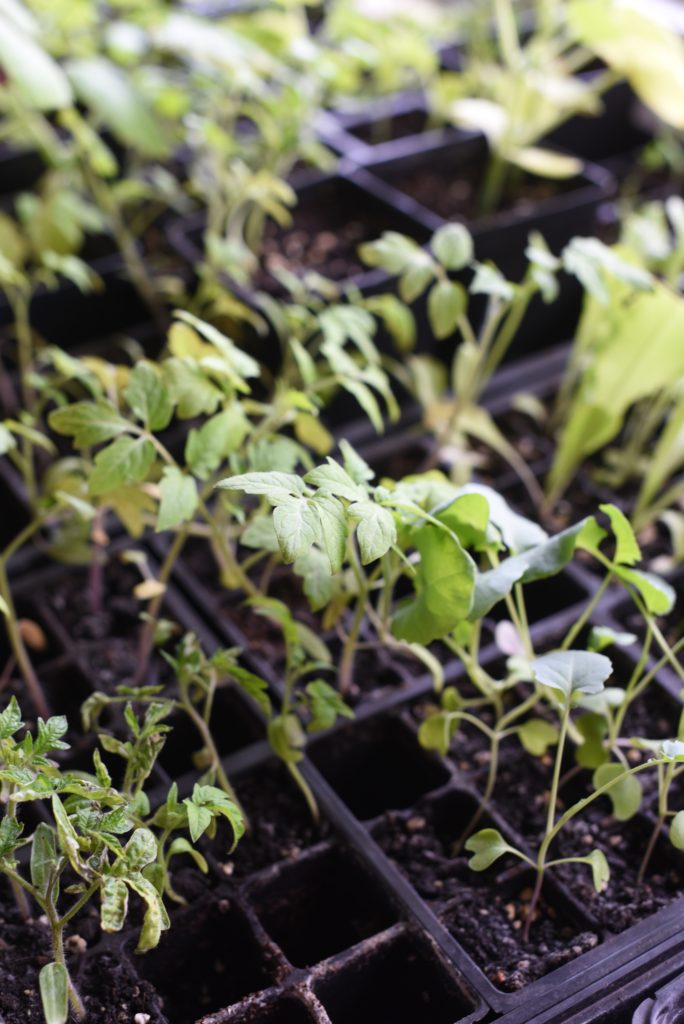
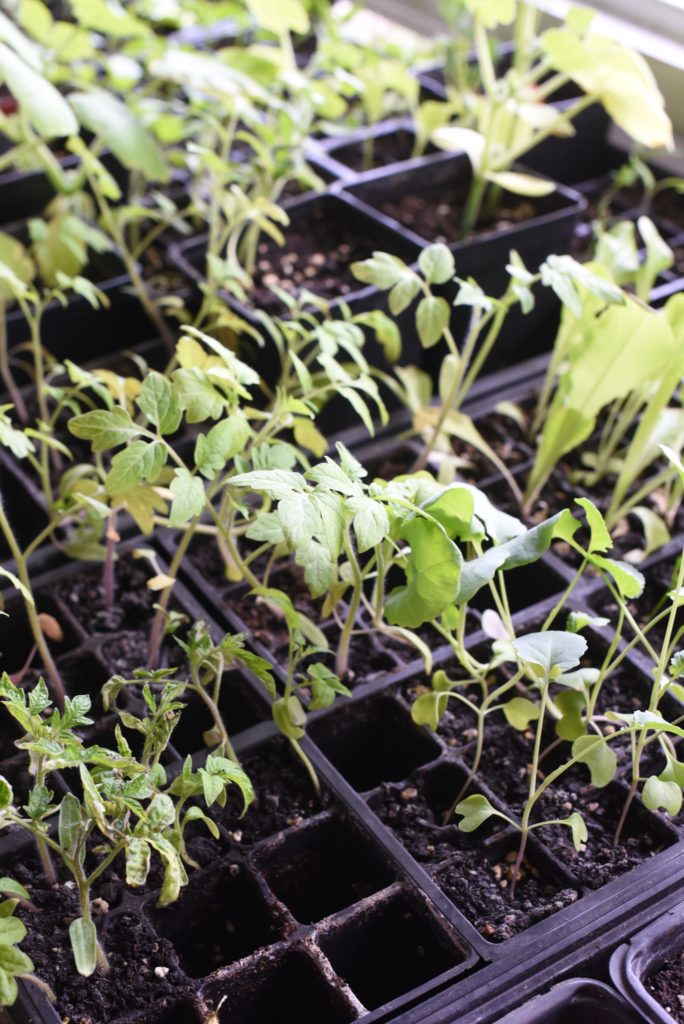
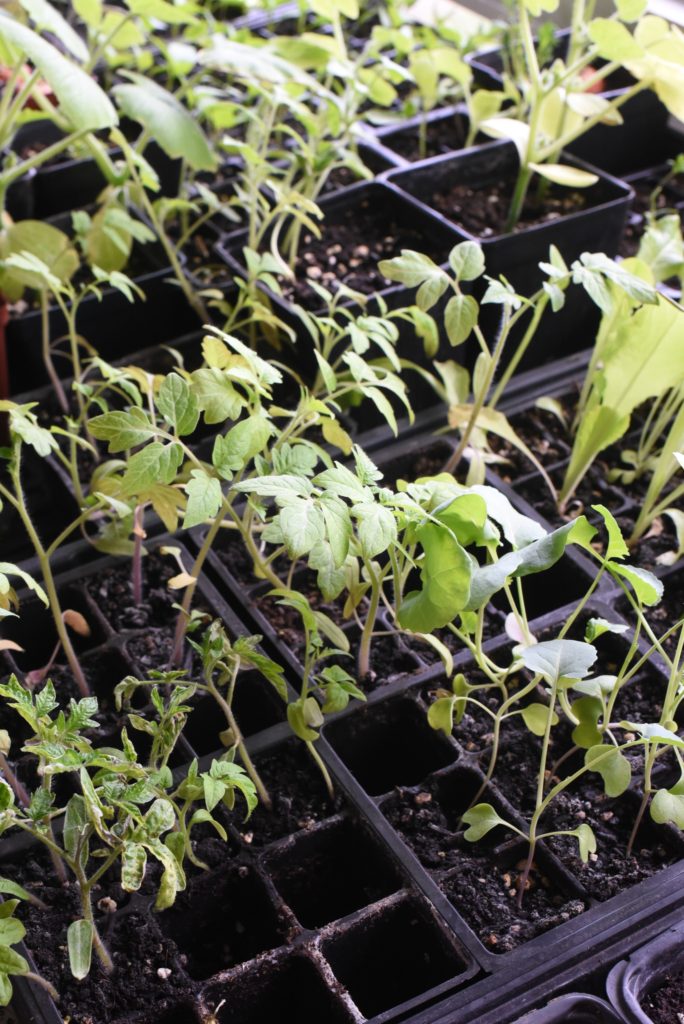
Does that make sense?
Ok…here are a few rules of thumb.
Wide Aperture (small f/stop number like f/1.4 or f/2.8), will create an image that has creamy softness around the focal point), or a shallow depth of field.
Small Aperture or a high number like f/11 or f/22 will make more of your image in focus with less creamy, blurry bokeh effect.
Depth of field is really dependant on your focal plane (a subject for another time). But as you play around, you will notice if the background or foreground is close to, or far away from your actual subject, the bokeh effect will vary.
Shutter speed rule of thumb:
Handhold between 1/60 and 1/100 for a fighting chance of a sharper image.
Kids playing 1/250 of a second or faster.
Soft rolling waterfalls with the creamy effect of blur….slow your shutter speed way down…1 second or slower. This will require a tripod or surface to rest your camera so only the waterfall is soft and blurry and not the whole image. Remember, when you slow down your shutter speed you are letting in more light, therefore you need to close the lens hole the light is coming into so you control how much light actually hits the sensor and exposes correctly.
I typically only change my shutter speed and aperture whenever possible and avoid adjusting ISO. I usually stick to 100 ISO up to 640 ISO as required, I know on my camera, around 1000 ISO noise or grain starts to be noticeable. Depending on the image, a little grain might make it more appealing and change the vibe of the image. Some noise can also be adjusted for in post-processing software…again SOOC is best.
Remember, all three components matter. Get comfortable with how each setting is adjusted without needing to take your eyes from the viewfinder. That’s a skill all of its own. Being able to adjust your settings without looking at your camera body, while you keep an eye on your exposure meter. Once you can do that…you can start creating the images you have in mind.
I have more posts planned for breaking down each setting and challenges to do to actually play around and see how the looks change.
Comment below if you have a specific topic you would like me to cover. I know when I first got off Automatic Mode if was like drinking from the firehose, so small steps to understanding how all the settings impact another setting is the best place to start!
Now go look through your viewfinder and find the exposure meter (looks like a ruler with short notches…more on those another time). Then learn how to adjust aperture, shutter speed and ISO without taking your eye from the viewfinder.
Then pat your head and rub your tummy while you recite the Alphabet backwards…you’ve got this!
Good Luck!
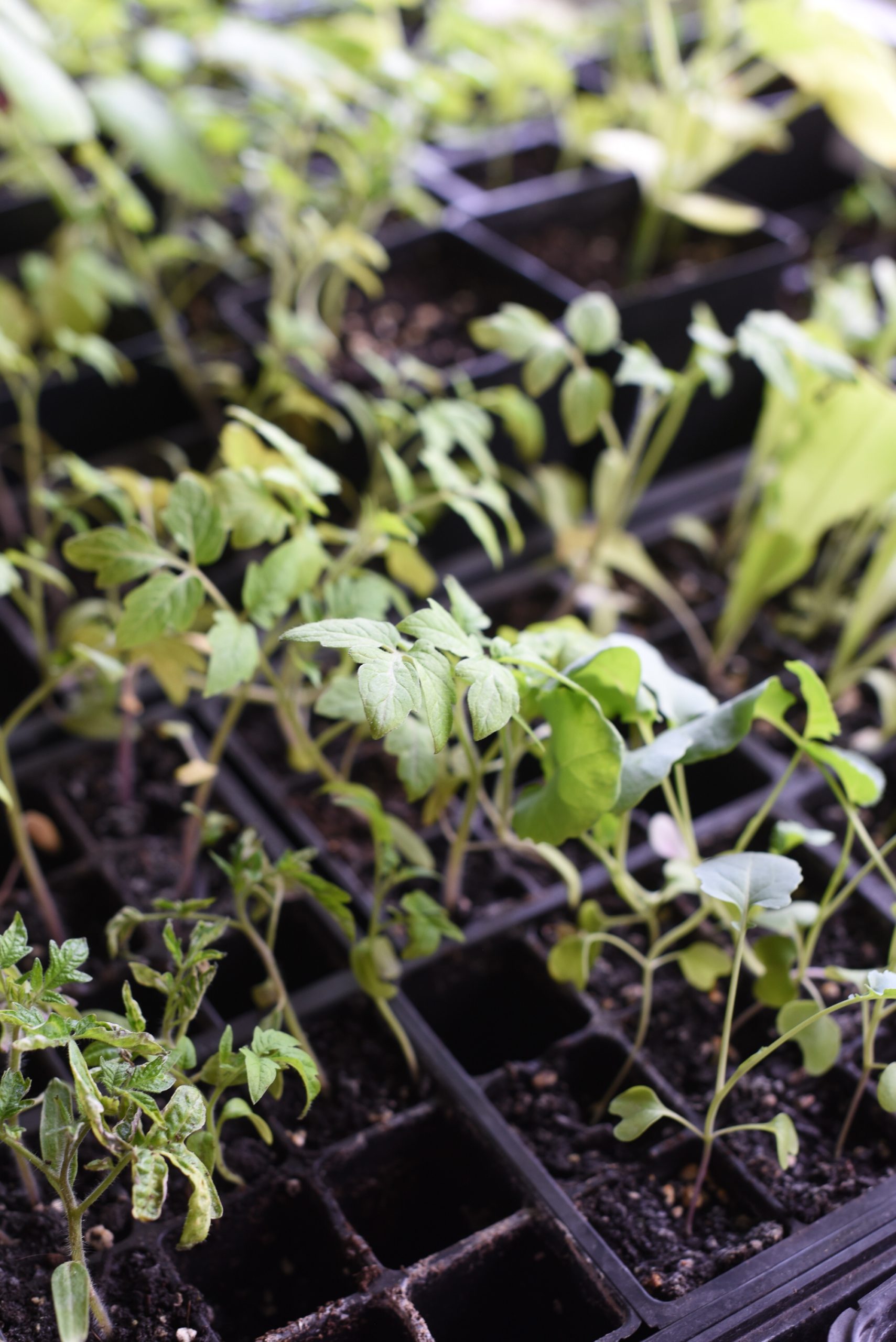
[…] me, getting off manual mode from automatic is a HUGE win and should definitely give you a nice confidence […]
[…] to learn a little about camera settings…check this […]
[…] yourself onto manual mode as fast as you can and learn what ISO, Aperture and Shutter Speeds do. Learning this Exposure Triangle, will make you more creative, give you more control and level up your confidence, I […]
[…] If you want to learn how to take your dSLR camera off automatic and learn some manual settings and when/how to use them, I created a blog post to help with that. Check it out HERE. […]